It was a cold, windy February evening in 2011, and I felt lost…
I was in my third year of studying marketing, and despite all the classes, textbooks, and half-baked business ideas, I had no real plan for my future.
But that night, everything changed.
One of the founders from a start-up called US Mortgage Resolution (USMR) was the guest for my Entrepreneurial Studies class. He introduced me to a side of the real estate industry I had never even heard of: the secondary mortgage market.
Joe explained how banks and credit unions sold distressed mortgage loans at steep discounts to investors who could turn them around by working directly with struggling homeowners.
- You can buy people’s mortgages?
- Banks sell real estate debt for pennies on the dollar?
- Non-performing loans are just sitting there, waiting for someone to solve the puzzle?
My mind raced, I had so many questions!
I had always understood real estate as “buying and fixing up houses,” just like my parents did.
I didn’t even know what I didn’t know yet, but I knew one thing – this was different.
Still real estate, but smarter… how the wealthy invest – not in the properties themselves, but in the financial instruments behind them.
You know how you can hear something over & over again but it doesn’t sink in, you don’t actually take action? Well that was me for the next couple of years – but we’ll come back to that.
To be fair – I did take action after that fateful night in February and joined USMR as their first ever hire – an intern position at nearly minimum wage.
But as I learned and saved up to make my first real estate investment, I was still “brainwashed” into following a more traditional strategy.
You see, growing up, I’d watched my parents build a successful portfolio of rental properties. They’d buy the worst house on the block, fix it up, and collect rent checks every month. Even during the Great Financial Crisis of 2008, they did fine because they weren’t speculators – they were “value-add” investors.
And when I had enough cash for a down-payment, I followed in their footsteps.
I bought my first rental – a connected twin that cash-flowed about $200 a month above the mortgage payment. I was on my way to financial freedom!
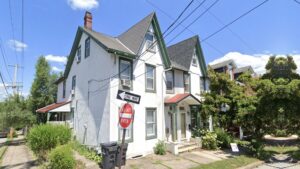
Just a month later – a stroke of luck: the out-of-state landlord who owned the other half of that connected twin gave me a call to see if I wanted to buy him out.
Of course, what an opportunity! But I was 23 years old, just spent every penny I had on my first rental and would never qualify for a loan.
But by this time I had been with USMR for a little while and was starting to learn the real game of real estate – the way the ultra-wealthy operated.
So I proposed a Lease Option Agreement with a Sublet Clause. They agreed! $2,500 down + $1,400 per month with a buyout of $190,000.
That night I listed the rental on Craigslist for $1,700 & a few days later I locked in another $300 per month in cash-flow!
The new tenant moved in, I was feeling like I was onto something. My deals were getting more sophisticated, I was making more money. And I hadn’t yet faced any of the consequences that owning real estate will throw at you.
But literally on day one, I get the dreaded call – “there’s sh*t in my sink!!”.
The plumbing stack clogged, and everything flushed down the upstairs toilets began to back up into the kitchen sink.
I had no clue what to do, so I called my dad, and together we tore out the old cast iron pipes and replaced them with PVC. It was dirty, exhausting work, and it was just the beginning.
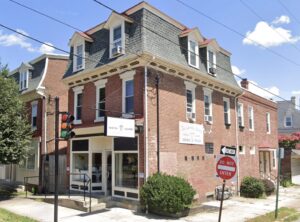
But I was still in it! And when another deal hit my desk (a family friend was selling a quadplex), I had to make a move to secure more cashflow from 3 apartments, a coin-operated laundromat and a detached garage.
All the while in the background, I continued to learn the mortgage note business from USMR and those skills paid off again. For this purchase, I negotiated an acquisition for no money down. I borrowed 75% from the bank and the seller gave me a loan for the remaining 25%.
So it was a solid deal on paper but that’s the thing about traditional real estate investing, it’s not just paper… And headaches began to pile up –
- Destroyed plaster walls.
- Broken pipes hidden behind the walls.
- Tenant complaints.
- Midnight emergencies.
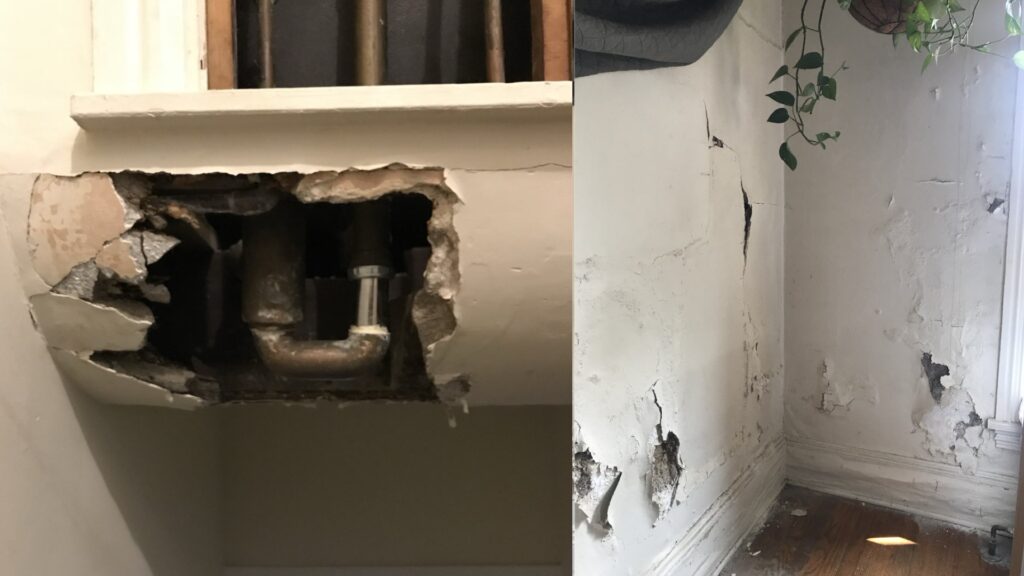
Every month brought another challenge – more repairs, more stress, more chaos.
Even with a property manager that I finally hired after several years of doing it on my own, the grind of traditional real estate began to take its toll.
I was constantly dealing with turnovers, vetting sketchy tenants, and scrambling to fix problems.
And after 3 years, the truth hit me: I didn’t have my dad’s skills (or patience) for building a rental portfolio and handling the repair and management of all these units.
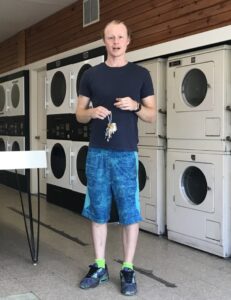
I didn’t want to cold-call sellers or mail out thousands of letters to find deals.
I didn’t want to be tied down to a local market where my investments controlled my life.
And I definitely didn’t want to spend every waking moment solving other people’s emergencies (And I couldn’t blame them – they were all my emergencies).
There had to be a better way. I wanted freedom.
Freedom to travel, invest remotely, and build wealth without sacrificing my time, sanity, and sleep.
The straw that broke my back – another sewer back-up. This time at the quadplex. More than a dozen washing machines & 3 apartments worth of waste began to collect in the basement, rising inch by inch until I arrived to solve yet another emergency situation.
And as I stood ankle-deep in plumbing sludge that day, I knew I had to make a change.
I asked you before – you know how you can hear something over & over again but it doesn’t sink in, you still don’t take action?
Well the first time I heard about mortgage notes was actually a decade earlier in Chapter 5 of Rich Dad Poor Dad. The author shared how his best real estate deals were in the paper business – collecting monthly mortgage payments as the owner of secured debt.
The second time was in that fateful Entrepreneurial Studies class in February of 2011 when Joe introduced me to the non-performing mortgage note business.
And by this time in the story, I was seeing with my own eyes the success of US Mortgage Resolution. It took some time (and a lot of money wasted with trial & error) but eventually, deal after deal, we were making money without tenants, toilets, termites or trash.
That quadplex was my last rental – finally, I was all-in on mortgage notes.
And just like my parents showed me, it wasn’t speculative investing, this was value-add investing. The easier equivalent to buying the “worst house on the block” was buying distressed debt, a non-performing note.
- Instead of fixing up physical properties, we were fixing financial situations.
- Instead of chasing tenants, we were helping homeowners.
- Instead of solving stressful situations, we focused on numbers, negotiations, and outcomes – all from a laptop.
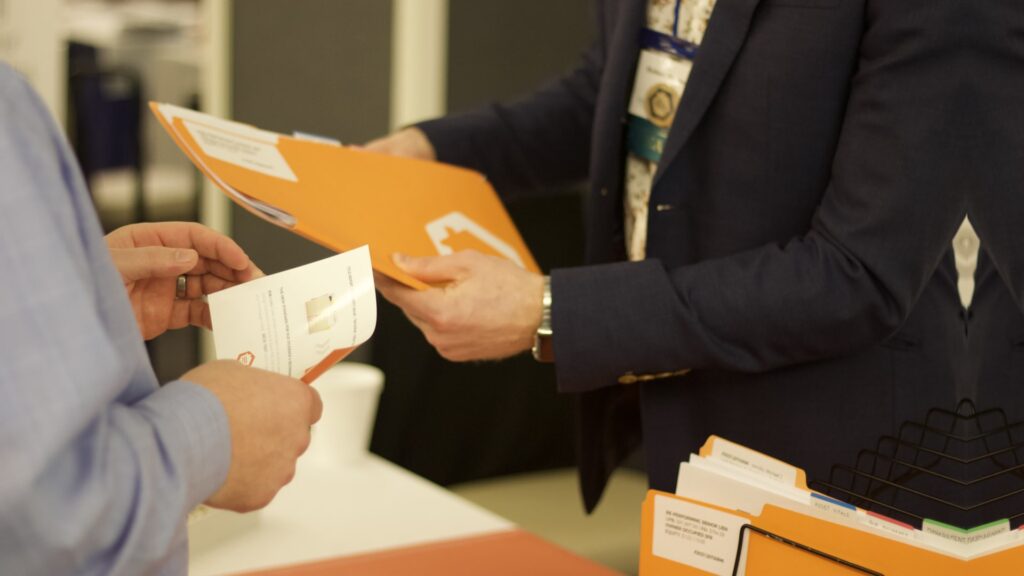
At a high-level the business is pretty simple:
- Find Distressed Notes
Banks and credit unions often bundle and sell loans where homeowners have stopped making payments. These “non-performing loans” are sold at steep discounts because banks simply want to clear them off their books. - Buy at a Discount
Investors like us can buy these notes for a fraction of their unpaid balance. Imagine purchasing a $100,000 mortgage for $50,000 or less (we did 10,000+ of these deals over the years). - Add Value by Helping the Homeowner
Instead of foreclosing, we work with homeowners to create win-win solutions. Loan modifications, repayment plans, or short payoffs turn non-performing loans into “re-performing” ones. - Create Cash Flow
Once the loan is re-performing, we collect monthly payments – just like a landlord collects rent, but without the property headaches. Alternatively, we can sell the note to another investor or refinance it for and profit from a full payoff. - Scale & Grow
Because you’re not tied to one market or physical property, you can manage multiple notes from anywhere. It’s scalable, flexible, and efficient.
But what was even more exciting – the many ways to add value within each of these high-level steps.
And the best part – the $1,000,000 Real Estate Roadmap doesn’t have to start with investing any of your own money.
It’s all about building up to components of your Modular Note Investing Machine.
And in the next lesson we’re going to start with the first of the Three Keys to unlocking your journey to financial freedom.
- A Smarter, Stress-Free Way to Build Wealth with Real Estate – Without Tenants, Repairs, or 3AM Emergency Calls
- How to Setup a Modular Note Investing Machine That Pays You Every Month – Even If You’re New and Have No Capital
- The Predictable Deal Flow System for Profitable Notes – No Cold Calling, Seller Chasing, or Guesswork
So click NEXT below and let’s begin Building Wealth with Real Estate the smarter, stress-free way with Non-Performing Mortgage Notes.

